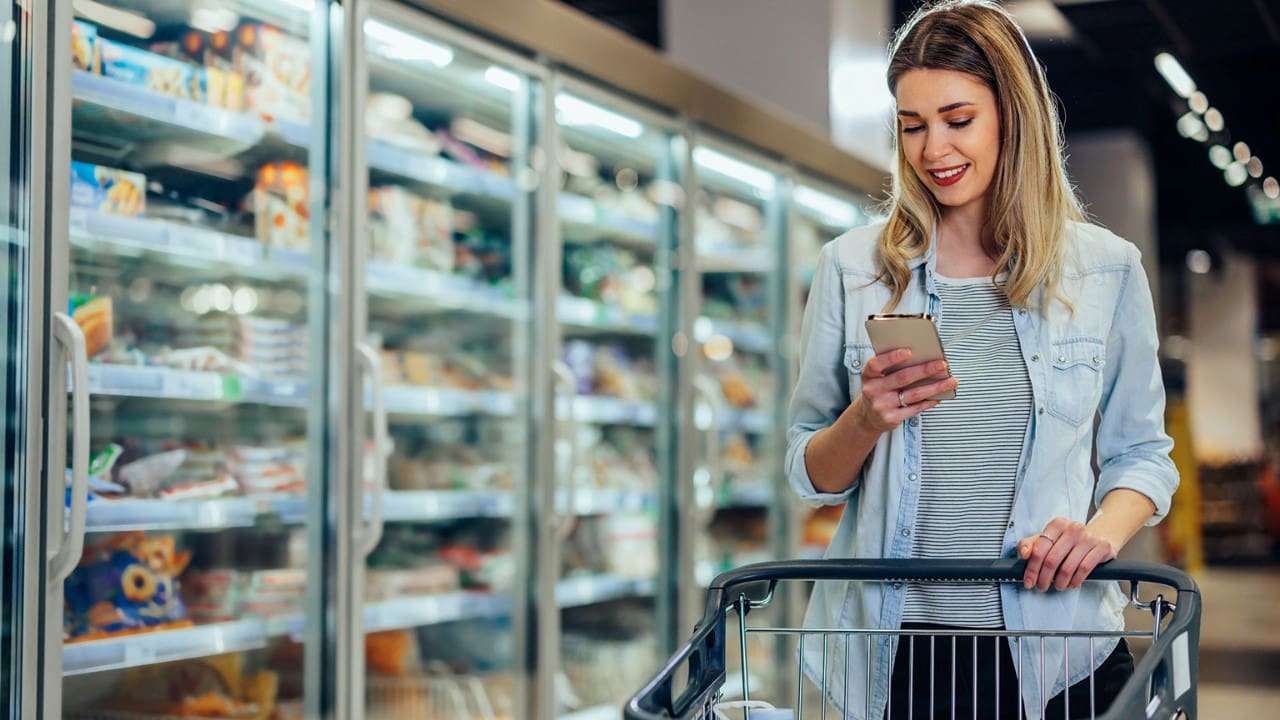Making the right moves and targeting the right challenges during your Grocery Digital Transformation / ERP rollout can save you time, money, and resources.
The grocery industry faces various challenges today, even more so after the Covid pandemic. Intense competition, changing customer preferences, online retailers, and many more issues require retailers to be innovative and adaptive to stay competitive and profitable.
Grocery Digital Transformation Challenges:
Intense Competition
With a highly competitive playing field with multiple players vying for market share, the grocery arena faces price wars, pressure on profit margins, and an ever-changing game of competitors.
Consumer Preferences
Constantly keeping a pulse on what consumers want is a full-time job. Trends change as trends do, so grocers must stay in touch with customer needs, from the latest product highlighted on TikTok to the desire for eco-sustainability and healthy food options. Retailers need to offer these products to stay competitive.
Strong Online Presence
With the growth of online retailers (you know who they are), the competition in the online space is staggering. Grocers must compete by offering convenience and competitive prices while adapting their business models to provide these services.
Supply Chain Disruptions
The pandemic highlighted supply chain vulnerability and the impact of disruptions in the grocery retail industry. Being prepared for unexpected disruptions and having contingency plans will be the norm, not the exception.
Inventory Shrinkage
Theft is increasing, and it’s a challenge for retailers. Spoilage and other losses are also part of shrinkage, but grocers need to invest in loss-prevention strategies.
Grocery Digital Transformation: Overcoming Challenges During an ERP Migration
These are some of the grocery industry challenges that are incentivizing merchants to turn cost centers into profit centers. Looking closely at grocery technology shows that outdated, monolithic backend systems often hold them back.
An upgraded, modern ERP for the grocery industry is the foundation for grocery retailers to build a digital core that will increase business innovation.
However, a grocery ERP migration is no easy task, with genuine issues that arise throughout the project lifecycle.
Here are some specific roadblocks and how grocers can solve them:
Business Transformation
Adopting proven grocery industry practices will begin to smooth the path to transformation. And how effectively can a transformation be executed given all the moving parts integral to a grocery business?
Retailers need to identify off-the-radar transactions/methods and categorize them to account for them during data migration.
Data Migration
A well-defined data migration plan is crucial for a successful data migration. Retailers must determine which data to sort and move, including:
- Products
- Vendors
- Customers
- Transactional data
- Point-of-sale information
- Invoices
- Integration
ERP systems like SAP require accurate and reliable data. Retailers must address any discrepancies before the system will function optimally. Investing effort into data cleansing is essential for project success.
Integrating your grocery digital core into other peripheral systems is critical for business continuity.
Change Management
Although a system might be well-defined, people must adapt to new processes. Top-level management buy-in and support throughout the grocery ERP project lifecycle is vital for organization-wide adoption. Ensuring stakeholders are brought into the project early and providing enough training are keys to success.
Partner Up
Taking the experience of other customers and using the lessons learned from the perspective of a partner specialized in the grocery industry can help address concerns in a current migration or future projects.
Knowing these possible pitfalls will avoid a bumpy migration. We know that the retail landscape is ever-changing, and grocery merchants are at a pivotal time for the industry, innovating faster, understanding consumers better, and providing the type of service and products unheard of just a few years ago.
A growing trend is an intentionally slower checkout experience, allowing interaction-hungry consumers to chat with the store staff. This is another way grocers connect to customers and constantly improve the customer experience.
Grocers continue to work with industry-savvy technology partners to grow and innovate, implement cloud technology advances, and perform fast digital upgrades.
The grocery retailer’s future has never been brighter.
Interested in learning more?
This article was originally published as Navigating the Challenges: Overhauling ERP Systems in the Grocery Retail Industry on Progressive Grocer. It’s republished here by permission.



